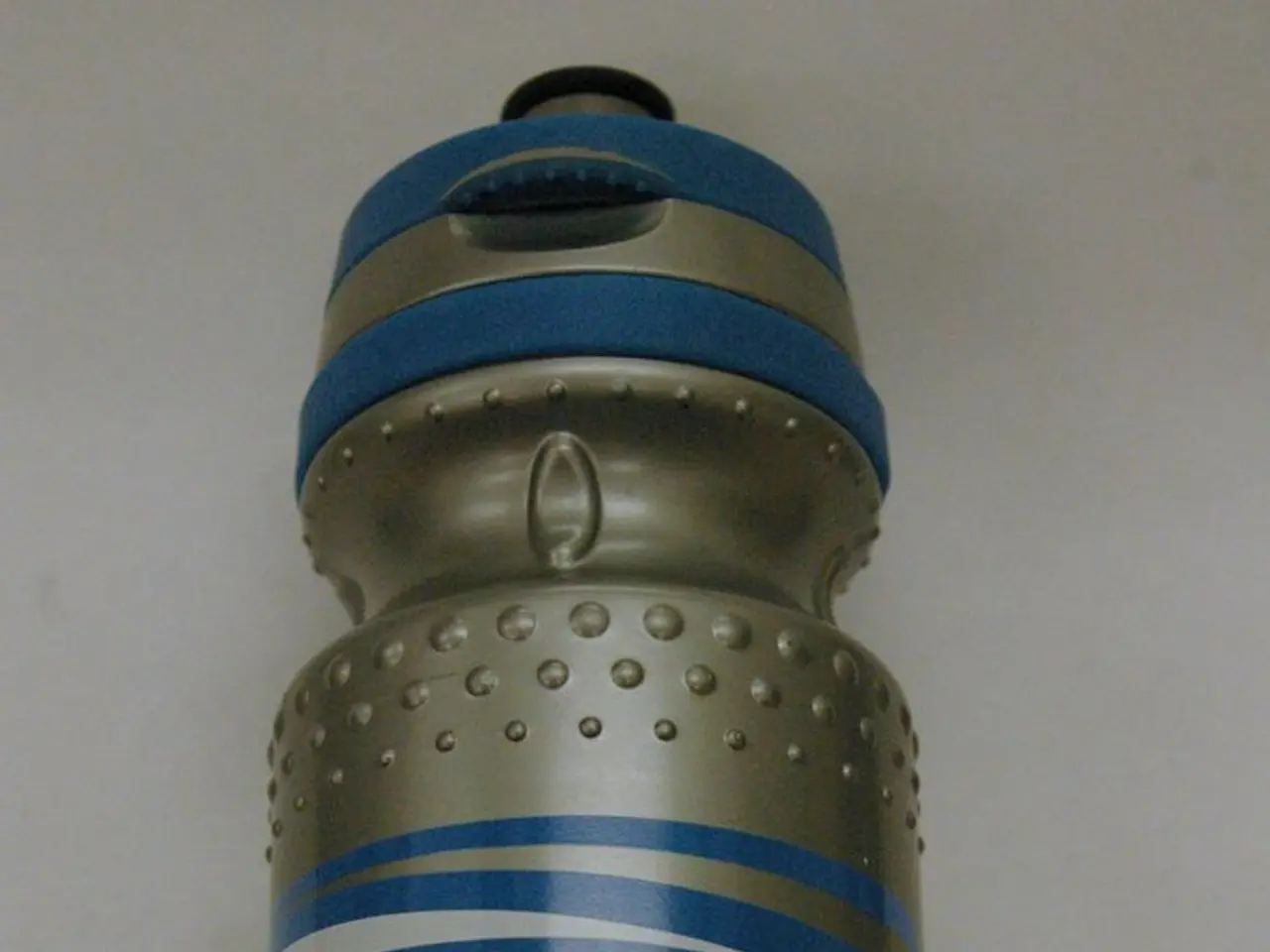Anticipated effects of Lupron, a leuprolide acetate drug, in managing prostate cancer treatment: A user guide
### Title: Long-term Effects and Usage of Lupron Depot in Prostate Cancer Treatment
Lupron Depot, a form of gonadotropin-releasing hormone (GnRH) agonist, is a common treatment option for advanced prostate cancer. By reducing testosterone levels, Lupron Depot can slow the growth of cancer cells, offering a valuable tool in managing the disease. However, like many treatments, Lupron Depot comes with potential long-term effects.
One significant concern is bone loss and the increased risk of osteoporosis. Testosterone plays a crucial role in maintaining bone density, and reducing it through long-term use of GnRH agonists can increase the risk of fractures. Cardiovascular issues, such as heart attacks and strokes, are also associated with long-term use of such treatments.
Metabolic changes can occur due to the hormonal shifts induced by Lupron Depot, potentially leading to high blood sugar levels and even diabetes. Emotional and psychological changes, including mood swings, depression, and decreased libido, are also common. Hot flashes and joint pain are frequent side effects that can persist over time.
Sexual dysfunction, such as erectile dysfunction and decreased sexual interest, can also be long-lasting effects. To mitigate some of these effects, healthcare providers may recommend add-back therapy with medications like norethindrone acetate.
It's important to note that Lupron Depot, while effective in slowing the progression of prostate cancer, cannot cure the disease. It is often used in combination with or following other treatments.
Lupron is one of several drugs doctors may prescribe to help fight prostate cancer by reducing testosterone levels in the body. Other GnRH agonists include goserelin (Zoladex), triptorelin (Trelstar), and histrelin (Vantas).
For people with cancer that has not spread beyond the prostate or has only spread to nearby tissues or lymph nodes, the 5-year relative survival rate is 100%. However, if cancer has spread to other areas of the body, the 5-year relative survival rate is lower.
The number of Lupron shots needed for prostate cancer treatment varies depending on the individual's diagnosis and treatment plan. Common injection sites include the abdominal area, upper arms, outer thighs, and buttocks.
If a person's prostate cancer progresses to more advanced stages, treatment options can include radiation therapy, surgery, cryotherapy, chemotherapy, and vaccine treatment. Anyone experiencing severe or concerning side effects from Lupron should discuss these with their doctor.
Lupron is a brand name for leuprolide acetate and works by blocking the production of LHRH in the body, resulting in less testosterone production in the testicles. It belongs to a class of drugs called luteinizing hormone-releasing hormone (LHRH) agonists. Hormone-blocking therapies, such as Lupron, are effective in combination with other treatments for people with late-stage prostate cancer.
- Besides slowing the growth of cancer cells, Lupron Depot may lead to long-term effects such as osteoporosis due to its impact on bone density.
- cardiovascular issues, like heart attacks and strokes, are associated with long-term use of treatments that reduce testosterone levels.
- Metabolic changes can occur, potentially leading to high blood sugar levels and even diabetes, due to the hormonal shifts induced by Lupron Depot.
- Emotional and psychological changes, including mood swings, depression, and decreased libido, are common side effects of Lupron Depot.
- Hot flashes and joint pain are frequent side effects that can persist over time with the use of Lupron Depot.
- To mitigate some of these effects, healthcare providers may recommend add-back therapy with medications like norethindrone acetate.
- Lupron Depot, while effective in slowing the progression of prostate cancer, cannot cure the disease and is often used in combination with or following other treatments.
- Lupron is one of several drugs doctors may prescribe, with others including goserelin, triptorelin, and histreline, to help fight prostate cancer by reducing testosterone levels.
- For people with ulcerative colitis or other medical-conditions that have not spread beyond the prostate, the 5-year relative survival rate is 100%, but it lowers if the cancer has spread to other areas.
- The number of Lupron shots needed for prostate cancer treatment varies and the common injection sites include the abdominal area, upper arms, outer thighs, and buttocks.
- If a person's prostate cancer progresses to more advanced stages, treatment options can include radiation therapy, surgery, cryotherapy, chemotherapy, vaccine treatment, and therapies-and-treatments like proton therapy, HRT, or therapies for conditions like bipolar, depression, Alzheimer's, low testosterone, COPD, and health-and-wellness concerns.




